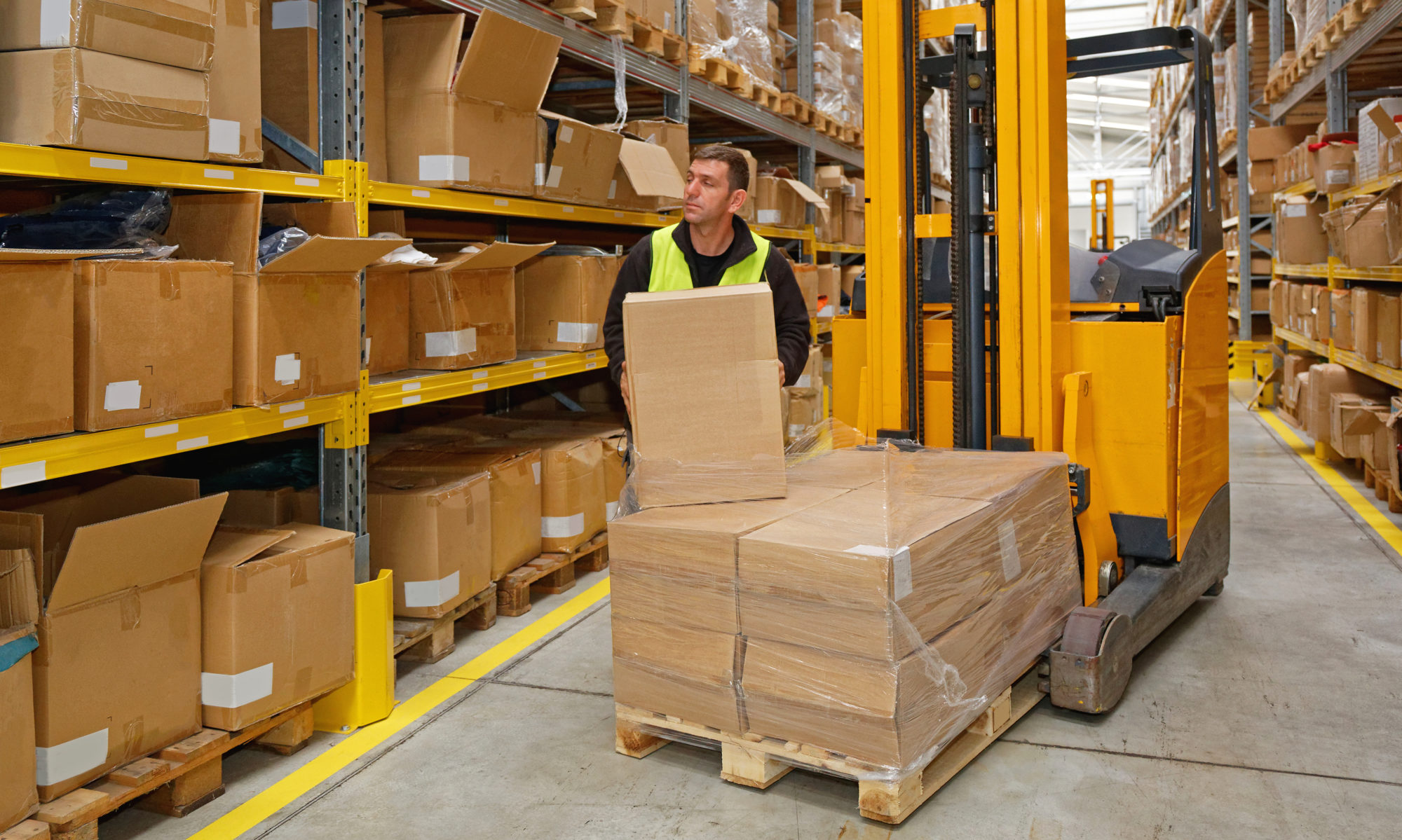Have you noticed the change in Google.com results? Have you seen all the red icons in front of listings whenever you do a Google search that contains a city location in the query? Are you noticing that your website’s organic (unpaid placement) seems to be pushed down below a myriad of local results? Welcome to the new world of Google’s localized results!
With Google pushing location specific listings pulled from their Google Places index, it’s getting harder for prospects to find your “real” website. Localization is the rage with search engines right now; even Bing and Yahoo have gotten into the act too. It is now more important than ever to use your local Places page as a doorway to bring visitors into your website. As Google is the big player in the world of search, we’ll focus on discussing Google Places accounts in this article, but be aware that Bing and Yahoo both have similar services.
If you have a business, you most likely already have a Google Places page even if you never created one. Google has planned ahead for you, and has created a page just for you, based on the information that it has found on the Web about your business. It’s your job to claim it, and then work the page over so it can be a selling tool to funnel customers and prospects into your “real” website.
How do you claim your listing?
First, visit this page: http://www.google.com/places/. On the right you will see a section for business owners. Your listing is free, but you will need to set up or tie an existing Google account login to your new Google Places account. One word to the wise, if you are paying a third party to do set up for you, make sure that they tie the Google Places account to you and not to themselves. You want to retain ownership of your Google Places page as long as you have your business.
The sign up and set up interface is easy to use. You will enter in your physical address (no P.O. Boxes allowed), your phone number, email address, website URL, business description, and then select service or product categories. Don’t be afraid to choose custom categories that are short keywords of the services or products you provide. You can only set up a maximum of five categories.
Your Places page is not complete until you enter details about your business such as: operating hours, types of payment accepted, photos, YouTube.com videos, and finally the important “additional details”. Take time to add “additional details” that make sense. We recommend using keyword phrases for these “additional details”. Keep in mind that what you enter here should be considered like a bulleted list, with a one to three word clarification in the second field to the right of the entered keyword. Focus on keywords that are indicative of what you sell and in a very short concise format.
Although you are done, your Places page will not go live until Google has verified that you are really located at the address your have listed in your Google Places account. Plan on two weeks for a postcard or plain envelop to come to you via regular mail at the listed location. This correspondence will contain a PIN. You must enter this PIN number in your Google Places account for your Places page to be put in the indexing queue. It may then take another one to four weeks for your listing to actually become live. Unfortunately setting up and verifying a Google Places page is not quick process but make sure to follow the instructions carefully. If someone has already claimed your physical location you will not be able to claim it as well. This is an important note to remember for office buildings and even businesses sharing physical spaces with the same street address. The location will be tied to a single Google Places account on a first come basis.
How to maintain top position with your Google Places listing?
As Google Places pages are so important now in the organic results, how can you improve placement and then retain it once you win it. We recommend that you do monthly updates of your photos and videos on your Google Places page. If you don’t have videos, now’s the time to start getting creative and make several short videos using your digital camera. Just load your video files to YouTube.com (tied to the same Google account that you used for your Google Places page). Insert the YouTube.com link to the video into your Google Places account in the video section. You can show up to five videos at a time. As for pictures we recommend sizing 20 or so into a square shape and then rotating ten different ones each month. Google seems to like and reward Places pages with better placement that are actively managed on a regular basis.
Google also seems to reward Google Places pages with better placement when the business offer coupons and has more review than their competitors. Not all markets seem to have a clear cut path to top placement, but we do know from research that in major markets reviews and coupons are just one of the keys for top placement of a Google Places page. Your geographic proximity to the person who has searched is still the top determining factor in which businesses are shown and then coupons and reviews will additionally rank the returned business listings.
Where do the reviews come from that appear on my Google Places page?
Google scans the Web and pulls reviews from all over and embeds them on your Google Places page. Users can also leave reviews directly by visiting your Places page if they are logged into their own Google account. Additionally, with the creation of Google Hotpot, a social business review tool, Google is actively seeking for others to rate your business with their own application.
Unfortunately, you have no control of the reviews that appear on your Places page. However, as the Places owner, if a poor review is posted, you can respond to the review, but there is no “remove this review” button. You can however flag the review for Google as inappropriate, but Google may leave the review at their option. If the review is pulled in from a site that is not a Google property, even if you flag it as inappropriate Google has stated that they will not block it from showing on your Places page.
Be careful if you are using a third party set up service that the creation of fictitious reviews is not part of your package. Your Places page could be dropped from the index through a violation of Google’s terms of service.
In conclusion, with the advent of search engine localization, claiming your Google Places page is a very important aspect of managing your online presence. With Google Places pages being ranked higher than websites for search queries that contain a location, you really must use this new tool to your advantage to funnel clients and prospects into your website.

